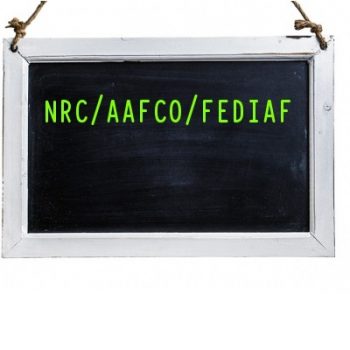The National Research Council (NRC) guidelines were written by an independent group of scientists and are based on fresh food ingredients, not processed pet feed. Whole prey meets the NRC numbers, so for the ‘new’ thinking as regards prey model diets, if you believe they’re best, you should also believe that NRC is as good.
Dogs haven’t changed and their requirements are the same – so just because belief systems on how to feed have changed it doesn’t mean that requirements have changed. If not for science we wouldn’t know how to formulate therapeutic diets. If we don’t know that a 25lb dog needs X amount of phosphorus, and then that dog develops kidney disease and needs a low phosphorus diet to address it- how would we help that dog if the NRC numbers are meaningless? If the NRC is wrong, or outdated – why do the diets work so well even for correcting problems?
NRC/AAFCO/FEDIAF
We don’t use AAFCO (or FEDIAF -UK) numbers because they don’t apply to most home prepared diets. They are guidelines for commercial diets that include a lot of carbohydrates. Phytates are compounds found in plants/grains/seeds and they slow down the absorption of minerals. If our home prepared diet contains a lot of carbs, similar to pet foods, then AAFCO and FEDIAF apply. But, home prepared diets are almost always low in carbs in comparison. Less phytate means we have greater absorption.
AAFCO numbers are higher or ‘inflated’ to allow for the lower bioavailability of nutrients – using these numbers for fresh food diets can mean we are looking at over nutrition. If we consider Copper Storage Disease or cancers (they make good use of excess iron) are examples of how overdoing nutrients can impact health.

